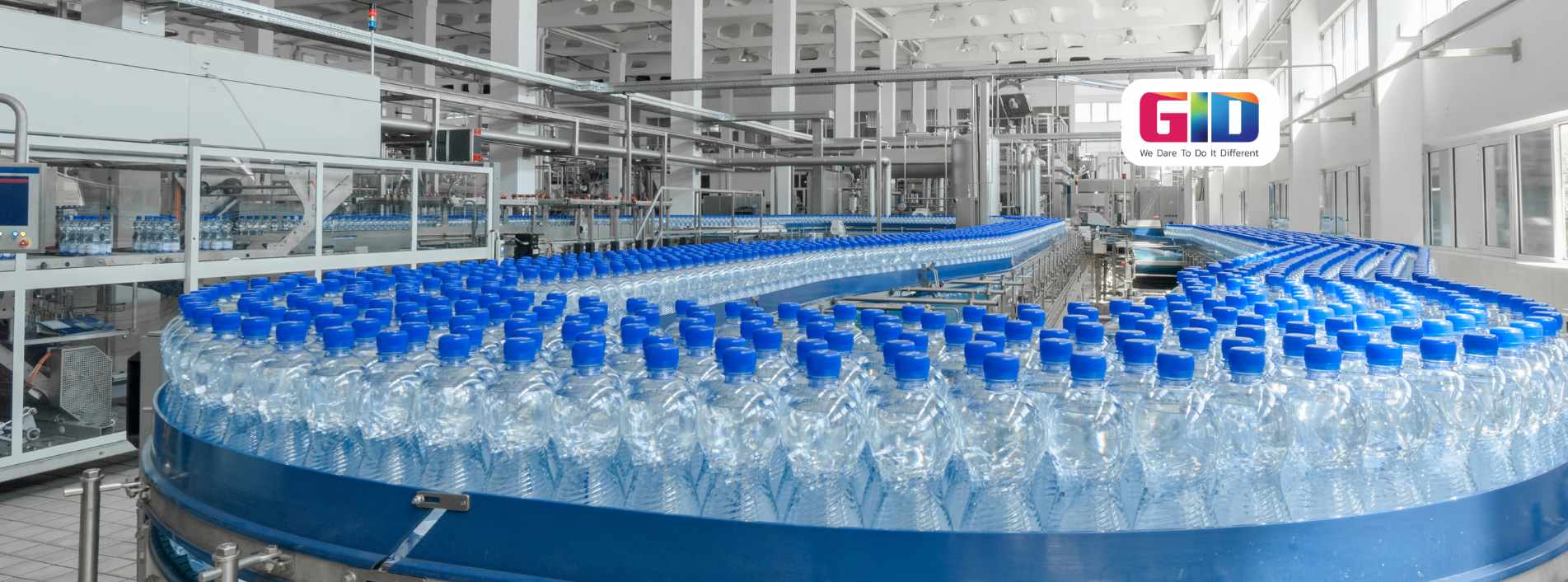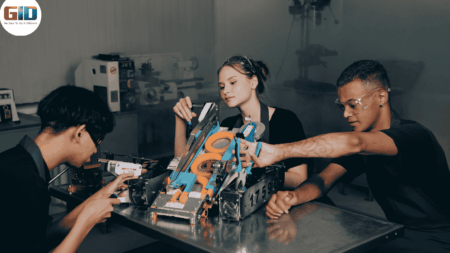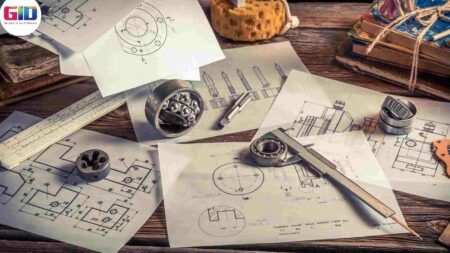Reliable Plastic Product Manufacturing Company
All those businesses that use plastic parts are not necessarily going to manufacture them on their own. They need to go to a Reliable Plastic Product Manufacturing Company to source their plastic products. A good Plastic Product Manufacturing Company can provide inventors and businesses what they want, but there are many companies established, and not all of them are the same. It will be in your best interest to make a wise choice when it comes to choosing a Plastic Product Manufacturing Company. Here are a few tips, which can help you choose a reliable plastic manufacturing company that will cater to your plastic parts demand.
For starters, consider what type or types of materials the company uses. Each manufacturer may differ from one another, and not all plastic product manufacturers are going to utilize all types of materials for manufacturing plastic products.
While some may utilize polyurethanes, others may use polyethylene terephthalate, polyamides (nylon), polyvinyl chloride, etc. There are many other common and special-purpose plastic materials available, each suitable for specific purposes; hence, make sure the company you decide to choose can recommend and handle the particular plastic material that you want for your products or parts.
The next thing to consider is the location of the plastic product manufacturer. If you are in the US, it is obvious to choose a plastic product manufacturing company in the US. There are several benefits of choosing a domestic company. It reduces the amount of time it takes to receive your products; it reduces the exorbitant shipping costs; it enables you to visit them personally; and so on. A domestic plastic manufacturer also provides quick turnaround when needed. Make sure to visit the manufacturing facility of the company; it will give you an idea about their capability.
Plastic Product Manufacturing Company
Some plastic manufacturers also offer other services that may help you with your overall product design and development. The ancillary services that these plastic product manufacturing companies provide may assist in the development of a design that is going to be perfect for you and your product. Some companies may also help with product prototyping and testing to help you assess the viability of the product and see if any modifications are required. Finding such companies and working with them can certainly be worthwhile for you.
Several inventors and businesses can benefit by teaming up with a reliable plastic product manufacturing company. These include medical, agriculture, sports equipment, transportation, and retail to name a few. You have the option to choose a plastic product manufacturer that predominantly deals only in the manufacturing of plastic products, or you can choose a company that, along with manufacturing, provides A-Z services ranging from product design and product prototype development to product enhancement and distribution.

















